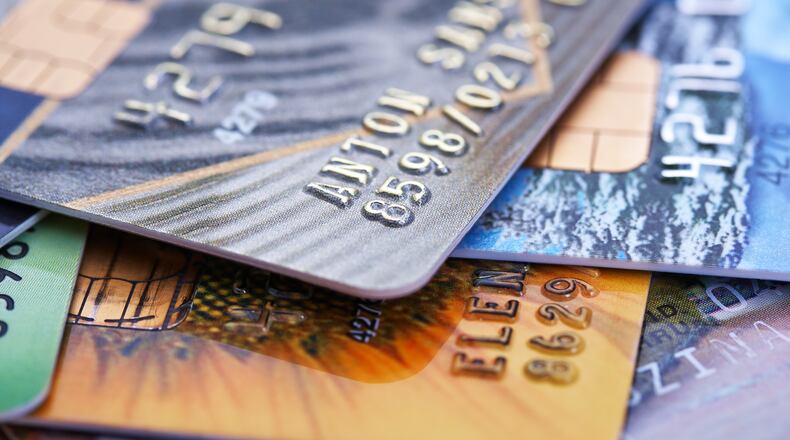Many credit card companies have discontinued foreign transaction fees. People who travel abroad frequently can save money by choosing a credit card without foreign transaction fees and learning how to avoid fees while traveling. In doing so, they can avoid paying as much as 10 percent more than they need to.
WHAT ARE FOREIGN TRANSACTION FEES?
Foreign transaction fees are added to purchases made with a credit card outside of the United States. The fee does not show up at the register. Instead, consumers will notice the additional charge on their credit card statement.
The fee includes charges by two parties: The transaction network, such as MasterCard or Visa, charges about 1 percent; the bank that issued the card charges up to 2 percent. This adds 3 percent to every international purchase, though some cards may offer reduced rates.
BEWARE THE DYNAMIC CURRENCY CONVERSION FEE
Another fee that travelers may pay when visiting abroad is a dynamic currency conversion fee. People who are not familiar with currency conversion rates may have trouble figuring out how much their purchase really is when they get to the register.
As a convenience, merchants can convert the local currency to U.S. dollars so that consumers have a better idea of what they are paying before swiping their card. This is not a free service, however. It comes at a cost of as much as 7 percent tacked on to the total purchase price.
AVOIDING FOREIGN TRANSACTION FEES
Credit cards with no foreign transaction fees used to be rare, and those that were available were reserved for the elite. Now, consumers have more options as credit card companies look to entice low-risk spenders who use credit cards for everyday purchases and travel internationally, as well. Consumers can now compare credit cards and find a number of cards that do not charge foreign transaction fees but still offer points, rewards and even cash back.
When it comes to avoiding dynamic currency conversion fees, consumers can opt out altogether. Merchants are not allowed to convert the currency to U.S. dollars without the consumer’s permission. If they do, consumers should ask them to void the transaction and calculate it in local currency. There are a number of free apps that travelers can use to help them make the currency conversion for their purchase without being charged a fee.
The same is true when using a card at the ATM. Consumers should always choose local currency and avoid allowing the machine to calculate the conversion in order to avoid the fee.
CHOOSING A CARD FOR INTERNATIONAL TRAVEL
Not all no-foreign-transaction-fee credit cards are the same, so consumers should be sure to check out the rates, fees and benefits for each card to decide which one best suits their travel needs.
One thing to look for is the timing of when the credit card company calculates the exchange rate. Some calculate it at the time of the transaction; others calculate it when the transaction posts, a difference of several days. Because of currency fluctuations, this can mean a difference of about 1 percent in how much a consumer spends.
Consumers should also make sure that their credit cards for travel are compatible with technology used in the countries they visit. Chip technology is becoming common in the U.S., but it is not the same technology used in Europe or other parts of the world.
In the U.S., shoppers need only their signature to complete a transaction with a chip card. In other countries, a PIN is required to complete the transaction. Consumers should be sure to have PINs for their credit cards so they don’t hit snags when making purchases.
———
Visit Bankrate online at http://www.bankrate.com
About the Author
